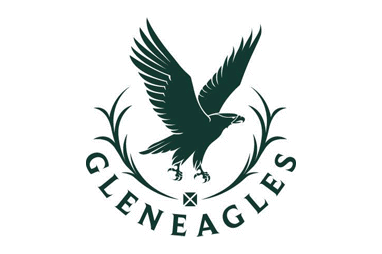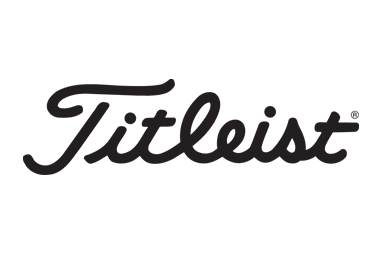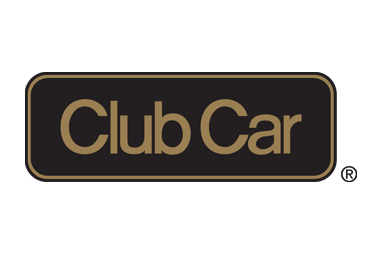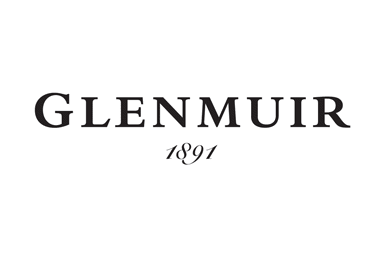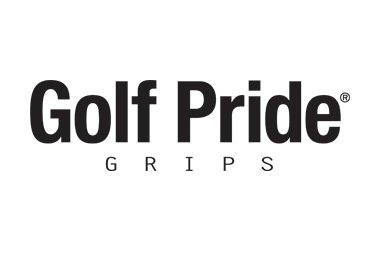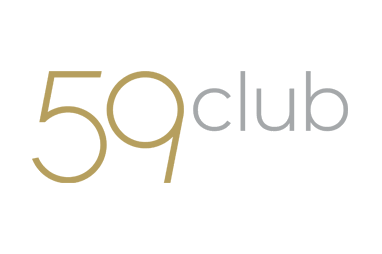The Niblick Brigade
21/06/2016
Albert Tingey had already been to France. In 1913, a founding member of the Professional Golfers' Association, was running a golf school at Fontainebleau near Paris.
As war loomed, the pro at West Herts Golf Club wisely returned to England and came up with idea of a Pals Battalion of golfers.
Helped by George Duncan, who would win the Open in 1920, and Charles Mayo, Belgium Open Champion of 1911, he named the unit the Niblick Brigade.
The Niblicks met in September 1914 at Gatti’s Italian restaurant in Old Street, Central London, where it was stipulated that recruits should be single with no children. 
After lunch, they walked to Trafalgar Square, posed for photographers at the base of Nelson’s Column and marched on the nearest recruiting office. That afternoon, 26 golf pros and assistants were passed fit for service and travelled to Winchester to join the 13th Battalion of The Rifle Brigade.
They included James Bradbeer, one of four brothers who played in 1928 Open, and Harry Fulford, inventor of the Sammy Iron, used for chipping around the green.
During training in High Wycombe the Niblicks were invited to “refreshments” at Cliveden by Lady Astor. Happy at the prospect of alcohol, the men became “quietly ungrateful” when teetotaller Lady Astor offered them lemonade and Woodbines.
** Nick Faldo with portrait of Albert Tingey.
Tingey kept the nation updated on their exploits with a regular feature in Golf Monthly. They weren’t alone; by December 1915 the PGA reported that more than 120 golf pros and assistants were serving in the war.
By August 1915, the Niblicks were in the trenches near Armentiéres. They saw some action but escaped unscathed. The most serious incident, reported by Tingey, was the loss of the B Company rum ration, which had to be retrieved with fishing rods after falling down a deep hole.
At Christmas they spent their £50 kitty on a banquet of turkey, pheasant, ham, wine, whisky and champagne, which they had sent from Fortnum & Mason.
While away from the front line the Niblicks held putting and long driving contests, with officers and men lining up to get tips from the pros.
Three golf courses were built during the war – one at Ypres Salient by professional player and course designer Ramsey Ross from the Honourable Artillery Company, one in Flanders with the help of Scots pro Tom Femie of the Highland Light Infantry and one, designed by sports journalist Allan Gardiner of The Royal Irish Rifles, for the use of officers of the General Staff.
Golfing magazine appealed to its readers to send balls to the front. Their price had trebled since the beginning of the war.
The Niblicks’ first casualty came early in 1916, when Rifleman Herbert Line was hit in the face by a bullet but survived. It was to get more serious at the Battle of the Somme.
On July 10, attached to the 34th Division, the Niblicks joined an attack at Contalmaison. The men battled across no man’s land and captured enemy trenches only to be ordered to withdraw. By the time they got back, the 13th Rifles had suffered 400 casualties. The Niblicks did not lose a man, although some were wounded. After further fighting at Mametz Wood and Bazentin, Surrey pro William Eastland was killed in The Battle of the Ancre, the last offensive of the Somme. He is buried in Contay Military Cemetery.
The Niblicks fought to the end of the war, regularly reinforced by pros, greenkeepers, caddies and clubmakers. Albert Tingey survived and worked at Frinton-on-Sea, Essex. He died in 1953 aged 83.
Factfile: Albert Tingey
Albert Tingey
Born: 1869, Newmarket, Cambridgeshire
Died: Feb 1953, aged 83/84
Sport: Golf
Clubs: Royal West Norfolk, Brancaster; West Hertfordshire; Paris Golf School, Fontainebleau; Frinton-on-Sea, Essex
Military: B Company 13th Battalion The Rifle Brigade
Employment: Golf professional







